Large & Standardized
Among the impressive list of surface vessels, the current backbone of the JMSDF fleet is considered to be the nine “Murasame-class” destroyers – at least until the new Mogami-class frigates complete their construction.
As a versatile multi-role destroyer, the Murasame-class has always handled a wide range of missions from overseas deployments to nearshore patrols.
- General Overview
| Displacement | 4,550 tons (standard) |
| Length | 151m (495.4ft) |
| Beam | 17.4m (57ft) |
| Crew | 165 people |
| Speed | 30 knots (55.5km/h, 34.4mph) |
| Armament | 76mm Naval Gun×1 20mm CIWS×2 Anti-Ship Missiles×8 Vertical Launch System×32 Triple-Tube Torpedo×2 |
| Aircraft | SH-60 Helicopter×1 |
| Unit Price | 600 Million USD |
Being introduced in the 1990s, the Murasame-class significantly increased the size of JMSDF’s standard destroyers, weighing 1,000 tons more than the previous Asagiri-class.
This enlargement not only enhanced the ship’s stability at sea, but also improved the living quarters from triple bunk beds to normal bunk beds.
Despite being larger than its predecessors, the crew size has actually decreased thanks to automation efforts, but this workforce reduction was initially met with dissatisfaction by the crew. While streamlining through automation is inevitable for a navy that constantly suffers from manpower shortage, the increased workload per individual were regarded as a negative result.
Nonetheless, the Murasame-class played a pioneer role in laying out the foundation for recent JMSDF destroyers, becoming the first vessel to adopt vertical launch systems (VLS) and incorporating sloped designs to enhance stealthiness.
Such designs were later inherited by the “Takanami-class” which exhibits a striking resemblance to the point that many consider the two as quasi-sister ships.
Well-Balanced, Versatile Ship
The “Murasame-class” was known to have greatly improved its information processing and combat command capacities by using new computer technologies at the time.
Notably, it achieved the ability to simultaneously engage more than two airborne targets, and the sixteen VLS cells allocated for air-defense did not require any time for rotating as seen in conventional launchers.
The Sea-Sparrow missiles were initially tasked with air defense, but this was later upgraded with the ESSM missiles, thereby further improving air defense capabilities.
For anti-ship warfare, the Murasame-class is equipped with a maximum of eight anti-ship missiles, being able to launch both the standard Harpoon missiles and the domestic Type 90 missiles.
Some vessels were later back-fitted with the 12.7mm heavy machine gun to handle counter-piracy and small infiltration boats.

In terms of anti-submarine capacities, detection accuracy has been enhanced by new sonar technology, and the ship is able to better coordinate with SH-60 helicopters than previous destroyers. The Murasame-class employs the standard anti-submarine weapons such as the ASROC missile and the triple-tube torpedos, with the former being launched from the VLS on the forward deck.
As an overall evaluation, the Murasame-class is a well-balanced warship capable of conducting air defense, anti-ship and anti-submarine warfare while retaining the flexibility to be used in various missions.
Though the destroyers will remain in service for quite some time, it will be challenging to replace all nine ships in a time of serious labor shortage. This issue might be addressed by the new line of frigates, but there are some proposals of installing new multi-functional radars to the Murasame-class, thus extending its service life.

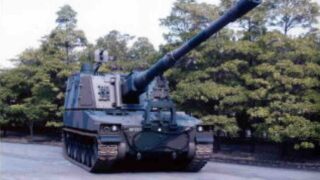
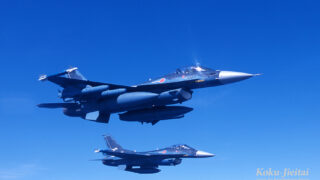
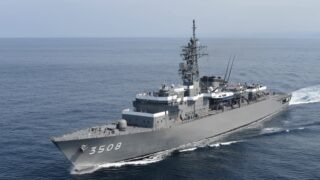
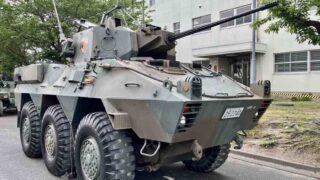
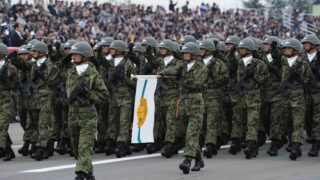
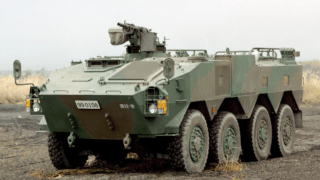

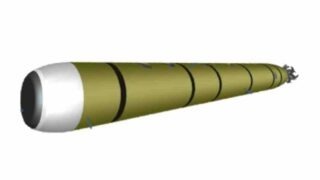

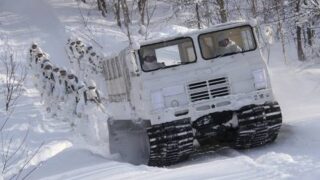
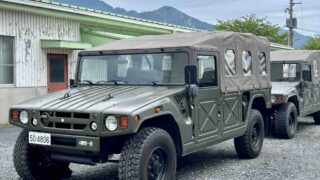
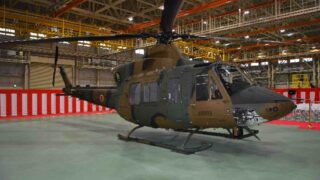
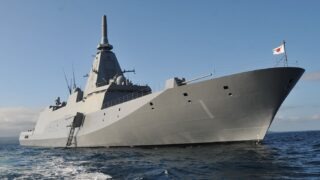
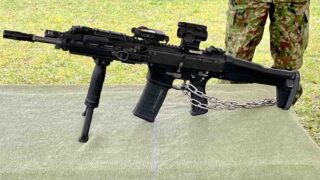
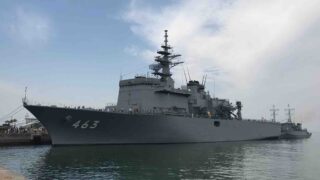

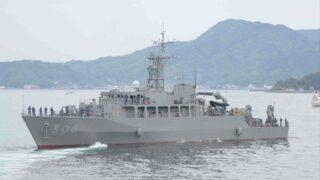
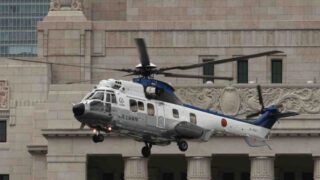
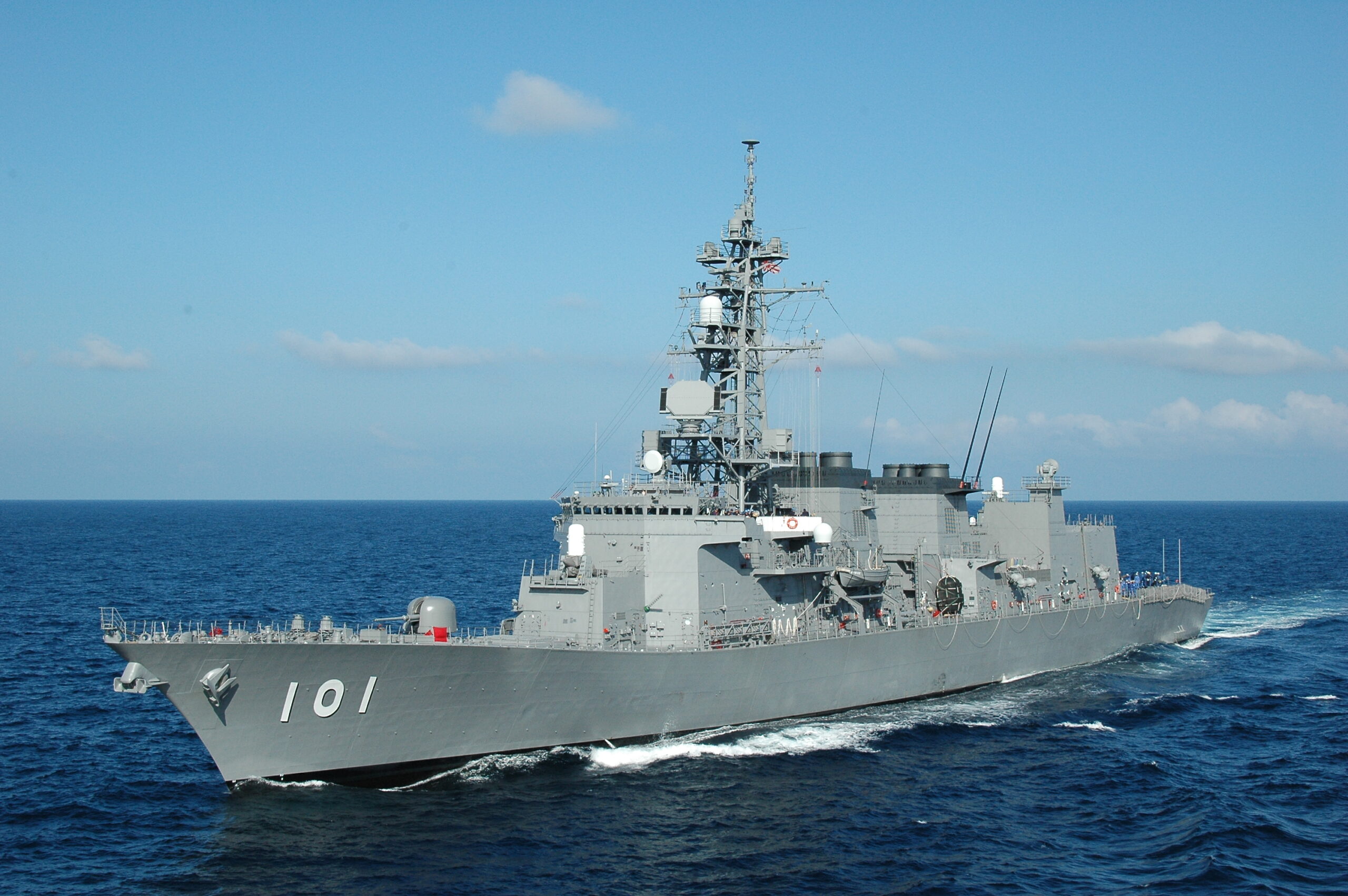
Comments